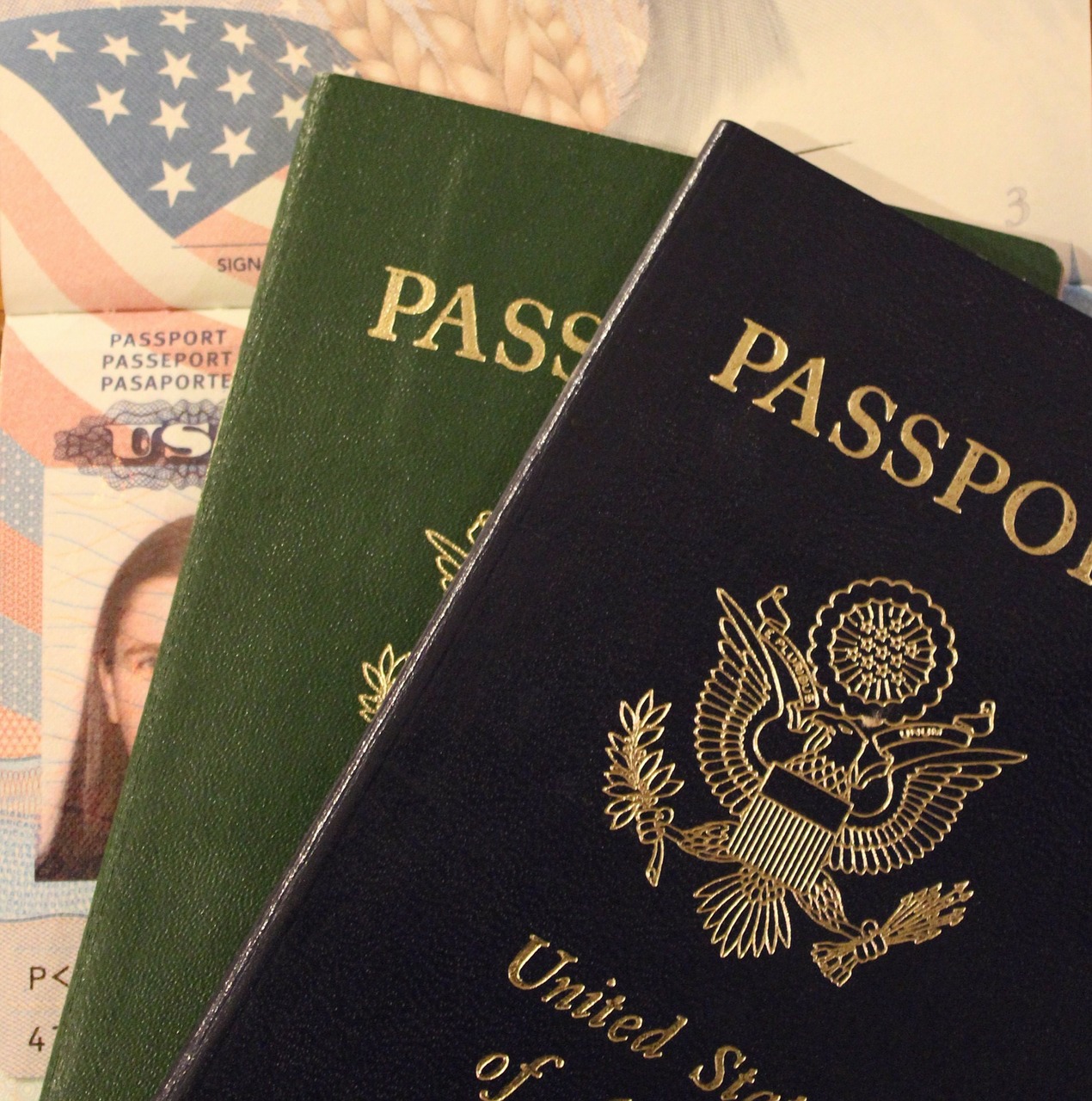In the recent past, the demand for the 85,000 H-1B visa slots the U.S. government issues each year has exceeded the supply. The nonimmigrant visa, which is reserved for U.S. non-citizens to fill positions for “specialty occupations,” is set to become more difficult to obtain after federal agencies issued new rules for the H-1B category in early October.
Who is the H-1B Visa Geared Toward?
Broadly speaking, the H-1B visa is available for a specific subset of “skilled” foreign workers. More specifically, H-1B visa holders have at least a bachelor’s degree (with many of them having graduate- or doctorate-level degrees) and work in specialty level occupations. Technology companies and other outfits in the STEM fields often make use of the H-1B visa category. Of the 85,000 H-1B visas granted each year, 20,000 are reserved for foreign workers who received an advanced degree from a U.S. institution.
What are the Changes?
In short, the changes will make using the H-1B visa program cost-prohibitive for many U.S. employers. Based upon the new rules from the Department of Labor, which immediately went into effect, employers must pay entry-level workers wages in the industry’s 45th percentile. Higher-skilled workers, which previously had to receive wages in the industry’s 67th percentile, must be offered a wage in the 95th percentile.
The rules also restricted the definition of a “specialty occupation” in the context of the H-1B visa program. The USCIS explained that a general degree (such as liberal arts) is not sufficient to qualify as a specialty occupation. Additionally, the changes require the H-1B position to be directly related to the degree earned by the visa holder.
In the release multiple federal agencies announced the modifications to the H-1B visa program, including the Department of Homeland Security, the U.S. Citizenship and Immigration Services, and the Department of Labor. The purported reason for the changes is to preserve jobs and opportunities for U.S. citizens amid the COVID-19 pandemic. Also cited in the newly published rules are statistics allegedly showing wage stagnation in certain industries.
What Happens Now?
As of Oct. 13, 2020, the DOL rules are still in effect. The USCIS rules are set to take effect in 60 days. Besides making the program more expensive for U.S. employers and recent U.S. graduates, federal agencies have signaled that they will take a renewed interest in enforcing the H-1B rules.
The federal government estimated that the number of H-1B petitions would decrease by a third in response to the changes. Some have suggested that the timing and substance of the new rules are politically motivated and that the changes will soon be tied up in litigation. While our firm believes the changes will ultimately be struck down, it is impossible to know when.
Whatever your company’s needs, we’ll work with you to find a solution that allows you to find and procure foreign talent. We’re not afraid of going toe-to-toe with federal agencies, either. Interested to see what Valvo & Associates could do for you? Request a consultation with our team today.

